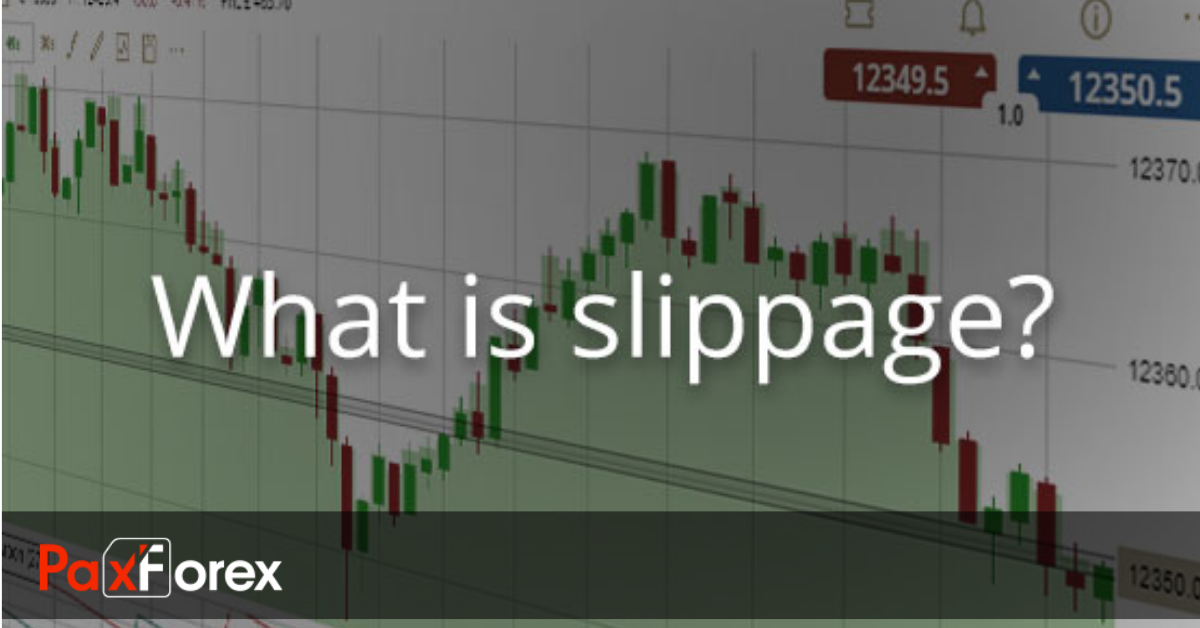
When you are trading forex, sometimes you will notice a slight difference between the price you expect and the execution price (the price when the forex trade is completed). When this happens, it is known as slippage. It is a common thing to experience as a forex trader and it can work either positively or negatively. Forex slippage is an example of a pretty normal forex trading occurrence that is usually spoken of as a bad thing. When it goes against you it is, but slippage can also work in your favor.
Slippage is good when your target price is executed at a better price than the one intended, giving you a couple of extra pips in profit. But that is not always the case. In the forex market slippage can occur both due to gaps or due to large (usually institutional) orders which tend to move the markets by a good 20 – 30 pips with all the orders in between being executed at a new price. Slippage can also be seen during major breakout price levels, especially if a currency pair has been in consolidation for an extended period of time and has attracted a lot of attention from traders looking to trade the breakout range.
Slippage does not directly refer to a negative or positive movement, as any change between the expected and actual prices can qualify. When orders are executed, the corresponding securities are purchased or sold at the most favorable price available. This can cause an order to produce results that are more favorable, equal to or less favorable than original expectations with the results being referred to as positive slippage, no slippage and negative slippage respectively.
It is perfectly normal to experience slippage during important news releases. While slippage shouldn’t really be cause for concern, traders can ensure to avoid slippage as much as possible by ensuring that trades are triggered either before or a few minutes after a news release happens. Although this can ensure that you are not a victim of slippage depending on where your stops and limits are place, it could be possible for price to move in either direction and just take out your trade (either at a bigger stop level or at a higher take profit level).
Minor slippage in stocks, forex and futures is common and shouldn't have a large adverse effect on a profitable trading system. Some traders don't use stop loss orders because of the possibility of slippage. In extreme circumstances, you may end up with a horrible price, but in extreme circumstances, you will likely end up with a horrible price (loss) whether you use a stop loss market order or not. Control your risk. Avoid trading for several minutes around major news announcements and large slippage can usually be avoided.







